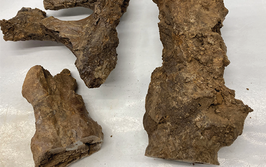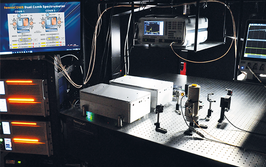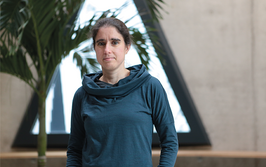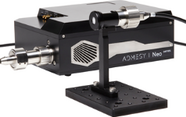Maple Mayday
Assessing the effect of climate change on maple quality – using LC-MS
Is the future of high-grade maple syrup at risk? A multidisciplinary team (Acer Climate and Socio-Ecological Research Network - ACERnet) aims to find out by investigating the impact of climate change on this beloved breakfast product. Here, Joshua Rapp, a forest ecologist, and Selena Ahmed, Assistant Professor of Sustainable Food Systems at Montana State University, tell us more about their project.
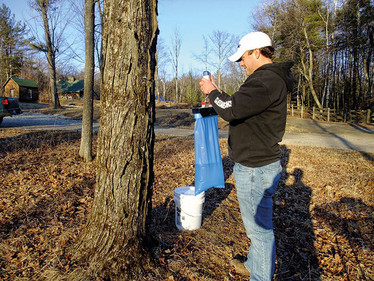
What prompted your research?
Selena: During a trip to Vermont in 2012, I visited a couple who had been farming and producing maple for many decades. They led me through a tasting of several samples of maple syrup with differing quality, saying that climate variability over their lifetime was changing the taste of maple, and that they were getting lower amounts of the highest grade of maple syrup than in previous years. At that time, I was studying the impact of climate change on tea quality via changes in secondary metabolite profiles, antioxidant activity, and sensory discernment. But after a few spoonfuls of maple syrup, I was intrigued by how climate change impacted maple quality and how producers can mitigate risk in their maple systems.
Joshua: I study masting in trees (the episodic and synchronous production of seeds), and I became interested in maple sap as a way to measure the resource status of trees (1). I’ve shown that syrup production is lower after mast years, presumably because making lots of seeds uses a lot of energy, with less left over for sugar in sap. Last year we recruited several colleagues, and got grant funding through the Northeast Climate Science Center.
Tell us about your methods – traditional and analytical.
Joshua: We collect sap from trees using traditional tapping methods used by syrup makers for centuries (although our equipment is a bit newer!). At the beginning of the tapping season, we drill a hole into the tree and insert a spile (small metal peg) through which the sap runs, dripping into a plastic bag. Each time we collect the sap, we weigh it and measure the sugar content using a refractometer. We also collect a small amount of sap in a plastic vial, which gets stored in a freezer until the end of the season. All of the vials then get sent to Selena for further processing. We also have access to daily weather data, which we use to compare sap flow, sugar content, and chemistry, against the local conditions.
Selena: We assess the quality of maple sap via reagent-based spectrophotometry and LC-MS in order to quantify overall and individual phenolic constituents in maple sap that contribute to its quality – including flavor and nutrient attributes. The maple samples are lyophilized, re-dissolved in methanol, filtered, then analyzed. We also use LC-MS to measure individual phenolics, such as vanillin and coumarin. Essentially, we measure how specific compounds responsible for crop quality vary with changes in environmental, management, and processing factors.
What do you hope to get out of the project?
Joshua: We want to understand how sap yield and quality is related to climate conditions. Past studies have focused mostly on yield, so we are focused more on quality – both for sugar content and chemistry of the sap. Our results should help producers understand what conditions make for the highest quality sap, and also how sap quality may change as the climate changes.
Selena: In addition to climate, sap flow, and sap chemistry data, we are collecting social science data – making this a truly interdisciplinary project. Specifically, we are interviewing maple producers to understand their perceptions of climate effects on maple resources and the ability of management to mitigate climate risks.
Follow the project here: http://blogs.umass.edu/acernet/
- M Rapp & EE Crone, “Maple syrup production declines following masting”, For Ecol Manage, 335, 249-254 (2015).
A former library manager and storyteller, I have wanted to write for magazines since I was six years old, when I used to make my own out of foolscap paper and sellotape and distribute them to my family. Since getting my MSc in Publishing, I’ve worked as a freelance writer and content creator for both digital and print, writing on subjects such as fashion, food, tourism, photography – and the history of Roman toilets.
